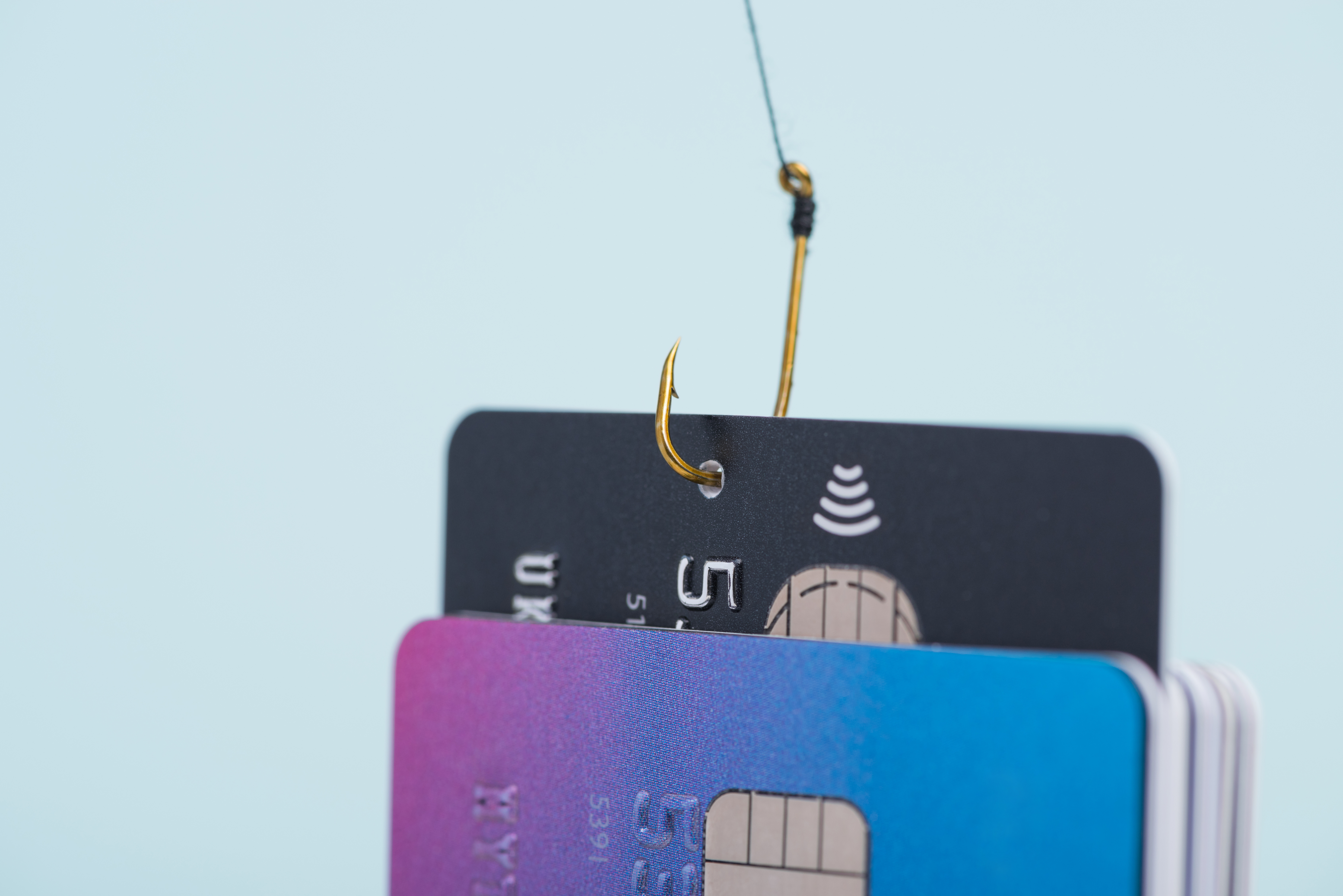Identity theft is a serious crime that can wreak havoc on your finances and credit history. Criminals who gain access to your personal information may open new accounts, make unauthorized purchases, or even file fraudulent tax returns in your name. Whether you are in Burlington or Brattleboro, identity theft can impact your credit, finances, and peace of mind.
Fortunately, Vermonters are known for resilience—and with quick action and the right tools, you can protect yourself, minimize the damage, and recover confidently. Vermont Federal Credit Union is here to help guide you through every step.
How Hackers Gain Access to Your Information
Cybercriminals use various methods to steal personal data. Common ways your identity can be compromised include:
- A data breach at a company or organization that stores your information
- Falling victim to phishing emails, fake websites, or malicious attachments
- The theft or loss of your phone, wallet, laptop, or sensitive paperwork
Warning Signs of Identity Theft
Identity theft can happen to anyone. It's essential to recognize the signs early to act quickly. Watch for these red flags:
- Bills or collection notices for accounts you never opened
- Being denied credit unexpectedly
- Errors or unfamiliar accounts on your credit report
- Missing important mail, such as credit card statements or bank communications
If you're a Vermonter experiencing any of these issues, don't wait. Early action can prevent bigger problems down the road.
Steps to Take If You Suspect Identity Theft
If you believe your identity has been stolen, you should focus on three key areas: containing the damage, reporting the crime, and recovering your identity.
Contain the Damage
To limit further financial harm:
- Place a fraud alert: Contact one of the three major credit bureaus (Equifax, Experian, or TransUnion) to place a one-year fraud alert on your file. Doing so notifies creditors to verify your identity before opening new accounts.
- Freeze your credit: A credit freeze prevents lenders from accessing your credit report, making it harder for thieves to open new accounts. Contact each bureau individually to freeze your credit. Keeping it frozen by default is a smart, long-term move.
- Notify financial institutions: Alert your bank, credit card issuers, and any other financial institutions immediately, even if you haven't noticed suspicious activity. They can take precautions to protect your accounts.
Report the Identity Theft
Filing official reports helps you create a paper trail for recovery and may be required by creditors:
- File a police report: Your local Vermont police may not continuously pursue identity theft cases. However, a report can support your claims when disputing fraudulent charges or extending a fraud alert. If needed, ask to file a "miscellaneous incident" report.
- Report to the FTC: Visit IdentityTheft.gov or call 1-877-438-4338 to file an identity theft report with the Federal Trade Commission. You'll receive an Identity Theft Affidavit and a personalized recovery plan.
- Reach out to the Identity Theft Resource Center: This nonprofit provides free help for identity theft victims.
How to Recover Your Identity
After you've secured your credit and reported the incident, take the following steps to restore your identity:
- Dispute fraudulent charges: Contact lenders or creditors where the fraud occurred and provide documentation, such as your FTC affidavit or police report.
- Check and monitor your credit report: You can request a free credit report from each of the three credit bureaus at AnnualCreditReport.com. Dispute any unfamiliar or incorrect entries.
- Notify your bank and credit card companies: If someone opened fraudulent accounts in your name, reach out with supporting documentation. The sooner you act, the better your chances of avoiding responsibility for unauthorized charges.
Additional Steps Vermonters Can Take
Living in Vermont offers a sense of safety—but digital threats can reach anyone. Protect yourself further by strengthening your digital and physical security:
- Update passwords: Change passwords for any affected accounts. Use unique, strong passwords—ideally 16+ characters with a mix of symbols, letters, and numbers. A password manager can help.
- Enable multi-factor authentication (MFA): Turn on MFA wherever available to add an extra layer of security.
- Secure social media accounts: Review your privacy settings and consider making your profiles private.
- Use credit cards instead of debit cards: Credit cards offer better fraud protection and make it easier to dispute unauthorized charges.
- Sign up for USPS Informed Delivery: This free service sends images of incoming mail so you'll know if something is missing or stolen.
- Consider requesting a new Social Security number: In rare and severe cases of recurring identity theft, the Social Security Administration may allow you to obtain a new SSN.
How to Prevent Identity Theft
Prevention is key. You can reduce your risk by following these best practices:
- Keep your credit frozen unless you're actively applying for credit
- Avoid accessing sensitive accounts on public Wi-Fi
- Safeguard your Social Security number and don't share it unnecessarily
- Use strong, unique passwords for every account
- Monitor your financial accounts and credit report regularly
- Freeze your children's credit to prevent synthetic identity theft—where criminals use a child's SSN to create fake identities. The FTC offers more guidance on how to do this.
Identity theft can be overwhelming, but by acting fast and following the proper steps, you can regain control and protect your financial future.
Local Support When You Need It
Identity theft may be frightening, but you're not alone. At Vermont Federal Credit Union, we're proud to be your local partner—here to help you secure your accounts, dispute fraud, and get back on solid financial ground.








